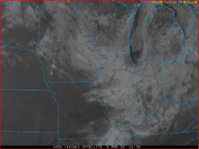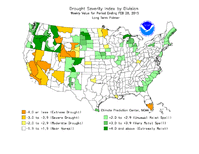Andy Berrington
EF2
Not good for storm chasing but at least it will likely help out with death and destruction.
Ignoring 1998, which was coming out of the strongest El Nino on record and had the most fatalities of any tornado season between 1984 and 2011. 1953 featured a weak El Nino for the entire year and was the second deadliest year since 1950.




